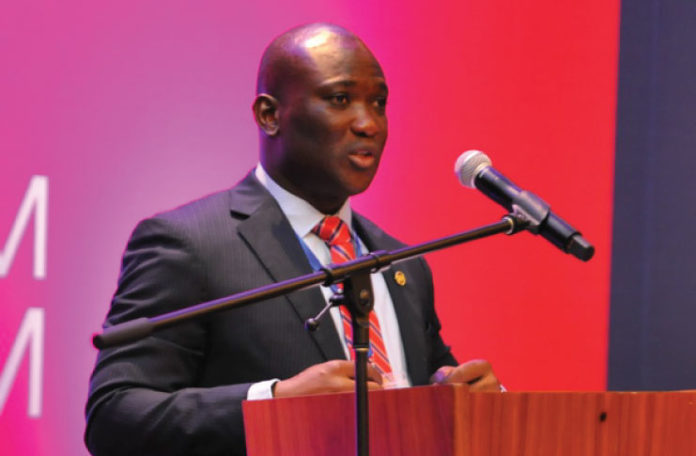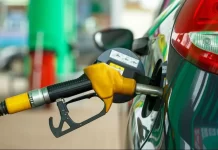
The National Petroleum Authority (NPA) is to categorise fuel stations in the country into high and low risk entities as part of the second phase of the LPG refilling plant safety risk assessment.
This forms part of the broader Cylinder Recirculation model of LPG distribution that will allow customers to exchange their empty cylinders for filled ones from LPG distribution companies.
The Chief Executive Officer of the NPA, Mr Alhassan Tampuli, said under the first phase of the programme, 657 stations were inspected using a set criteria, out of which 59 were closed down as a result of non-compliance.
Speaking at the National Petroleum Downstream Colloquium in Accra, he said: “We intend to roll out the second phase of the LPG refilling plant safety risk assessment. The next phase will be the categorisation of fuel stations into high and low risk. The exercise will take into consideration the location and human density around the stations, among others.”
After the assessment, stations deemed to be high risk would be decommissioned and subsequently converted into cylinder distribution centres under the new LPG policy.
Low-risk stations will, however, be considered for autogas refilling only.
Full implementation
Mr Tampuli explained that the Cylinder Recirculation model of LPG distribution will be implemented fully, while the relevant licences would be issued and safety protocols keenly observed to ensure the safety of people.
The full implementation is expected to increase access to LPG for domestic, commercial and industrial use from the current level of 25 per cent to 50 per cent.
Review of act
The Minister of Energy, Mr Boakye Agyarko, said there was an upcoming review of the NPA Act to give it enough legal backing to deal with the new wave of industry issues with regard to the implementation of the policy.
“It is important to say broader changes are coming from the review and possible amendment to the NPA Act, the development of NPA regulations and capacity building to regulate onshore midstream gas and LNG activities to support the government’s Petroleum Hub agenda,” he said at the colloquium, which was on the theme: “Ghana’s petroleum downstream: Then, now and the future.”
Mr Agyarko explained that the proposed regulatory changes to the LPG Cylinder Recirculation Model were extremely critical to the government, in the wake of all the concerns raised by industry players.
“This is a long-standing issue for the sector. It is important to get a resolution to the concerns being raised by all the parties, as well as the cost factor to the consumer, whose safety should be prioritised in the ongoing discussions,” he said.
The Vice-President, Dr Mahamudu Bawumia, in a speech read on his behalf by the Senior Minister, Mr Yaw Osafo-Maafo, said the government, through the Ministry of Energy, introduced the new policy directive for the marketing and distribution of LPG to ensure Ghanaians had access to safe, clean and environmentally friendly LPG for increased domestic, commercial and industrial usage
He said it was the government’s objective to ensure that 50 per cent of Ghanaians had access to safe and environmentally friendly LPG for commercial, industrial and domestic use by 2020.
He added that an implementation strategy based on the cylinder recirculation model was currently being developed by a committee comprising key stakeholders in the sector.
GraphicOnline























